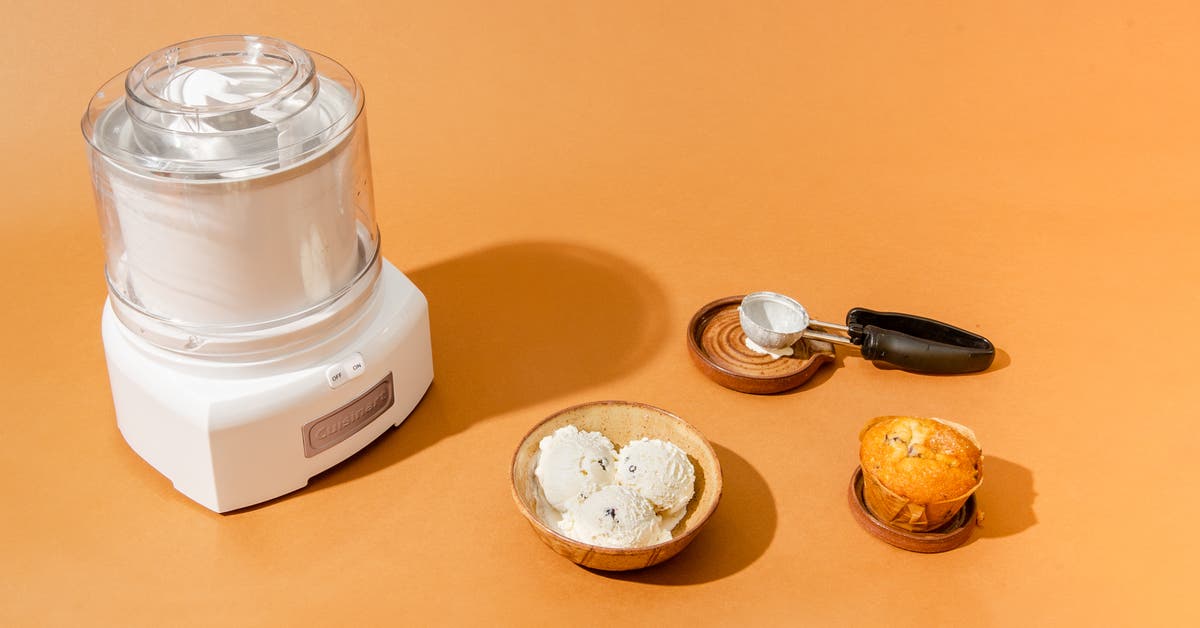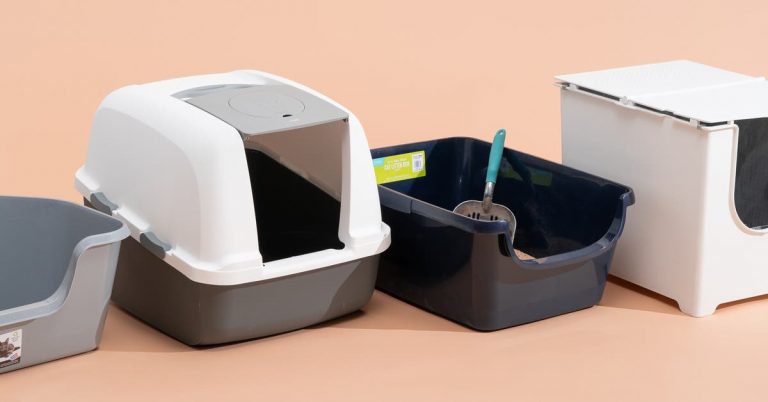The 4 Best Ice Cream Makers of 2025

The Cuisinart ICE-21 has been one of our favorite ice cream makers for years. Recommended by an impressive list of ice cream professionals, this model is simple and fun to use, and it makes great homemade ice cream with very little fuss. It comes in white, red, and pink.
Its ice cream has a great texture. The ICE-21 makes dense, creamy, slightly chewy ice cream, and with a bit of practice and recipe testing, you can create a divinely smooth frozen dessert. Even our troubled vegan base came out only slightly icy.
It’s super quick. This machine’s churn time is half that of the compressor models we recommend — the ICE-21 machine got ice cream to a soft-serve consistency in less than 20 minutes. And that short churn time, aided by the base going into a bowl that’s already freezing cold, typically produces ice cream with a denser texture.
By increasing churn time, you can whip a bit more air into the dessert. But you won’t want to push it too long — at around 22 minutes, we noticed gains in overrun plateau while iciness levels became noticeable and unpalatable.
The controls couldn’t be easier. With just one switch (to turn the machine on and off) and a lightweight base, the ICE-21 is simple to set up: Place the frozen bowl on the base, insert the plastic dasher into the bowl, and place the plastic cover over the whole setup. Flip on the switch, and then pour in your base.
It’s a great value. With a typical price of $90, this ice cream maker punches way above its weight class, so it can be both a great gift for beginners and a useful research tool for ice cream experts. The machine also comes with a three-year limited warranty—longer than that of any of our other picks.
For another $40 (at the time of publication), you can buy an extra freezer bowl, so you could make two batches back-to-back.
It has a roomy opening for ingredients. The ICE-21 has a wide opening, so you can pause and taste or easily add mix-ins. Most other machines have closed lids, with small slot openings that are barely wide enough to fit a spoon. By contrast, this machine has an open-top design, with a generous, 3.5-inch hole that you can reach or pour into.
The wide opening also allows you to watch as the machine is working — a particularly fun aspect. Due to its fast churn time, the swirling transformation might just hypnotize kids on an “I’m so bored” summer day.
How the Cuisinart ICE-21 has held up
One long-term tester used the ICE-21 for six years, during which he churned 20 batches of ice cream, frozen yogurt, and sorbet. He liked the simplicity of the machine, which offers basic controls. That said, he found the model a bit too bulky to store in a New York City kitchen cabinet. He also wished the yield quantity was larger, considering how much work goes into making homemade ice cream.
Another long-term tester who has been using the ICE-21 for about two years said she doesn’t mind the size of the machine, and that the batch yield size is adequate. While she added that she’s sometimes tempted to get a larger compressor model, she loves how simple and effective the ICE-21 is. She said that cleaning the machine is easy; she uses a wooden spoon to scrape out all the ice cream and waits for the bowl to fully melt, after which she washes it by hand and wipes down the machine.
Flaws but not dealbreakers
Tight capacity means there’s potential for overflow. If you add mix-ins to a full, 1.5-quart recipe, you could get some ice cream oozing up to the top of the bowl and smearing along the plastic cover or potentially overflowing through the wide mouth. (The same goes for the 1.5 quart Whynter ICM-15LS.) But we’ve never had a problem with ice cream dripping down the sides of the bowl or causing the machine to stall.
Since this machine is particularly easy to clean—with the separate bowl, lid, and paddle, and the easily wipeable plastic base—we don’t think potential overflowing is a dealbreaker. But if you plan to add mix-ins, you may find it’s better to underfill the bowl a bit. If this sounds limiting, and you’d like a higher-capacity machine, we’d suggest the Whynter 201SB.
Pre-freezing the bowl requires advance planning. The bowl needs 16 to 24 hours to freeze completely. You shouldn’t hear any liquid sloshing around, or you’ll wind up with ice cream that has the consistency of a half-melted milkshake.
If you have the space, we recommend always keeping the freezer bowl in your freezer, at least during ice cream season. And if you find that your appetite for homemade ice cream is outpacing the freeze cycle of the bowl, you may want to buy an extra bowl insert.







